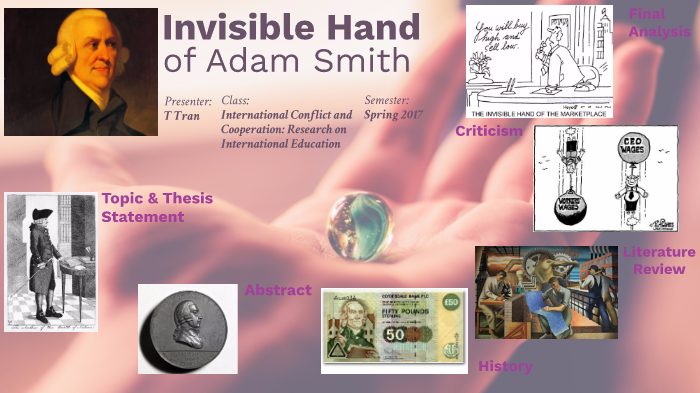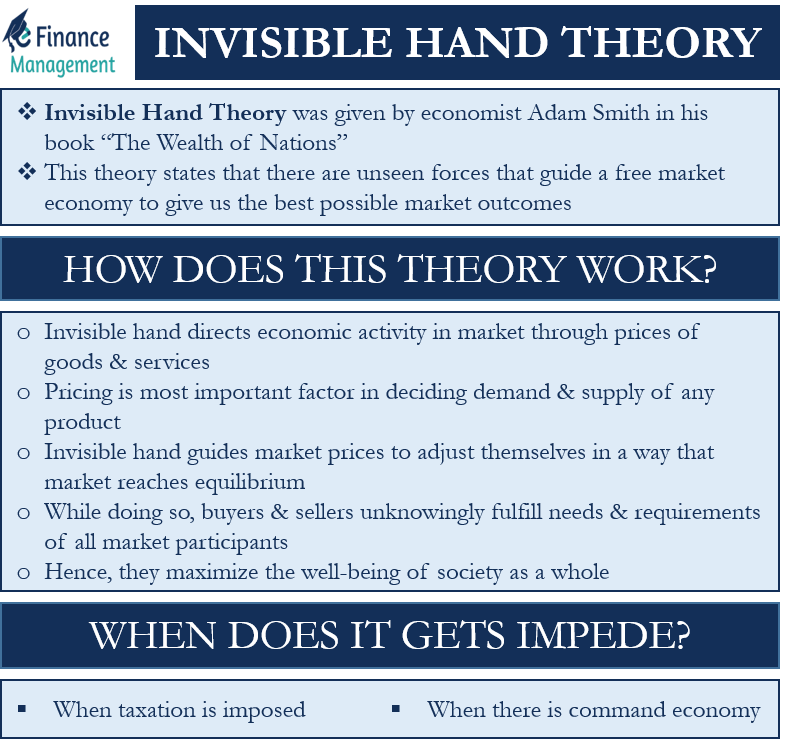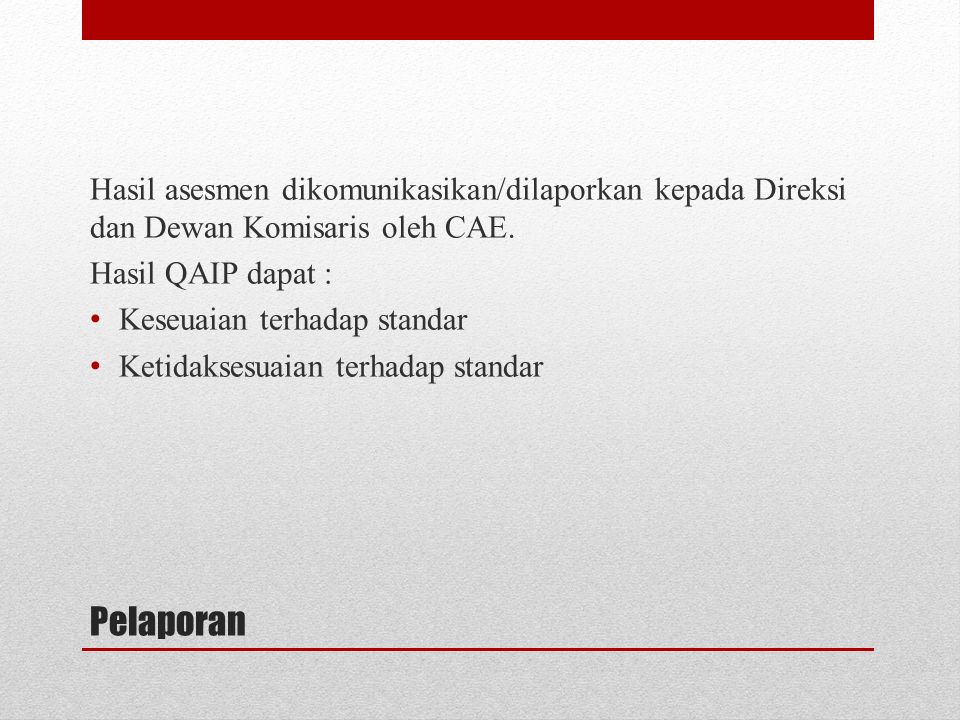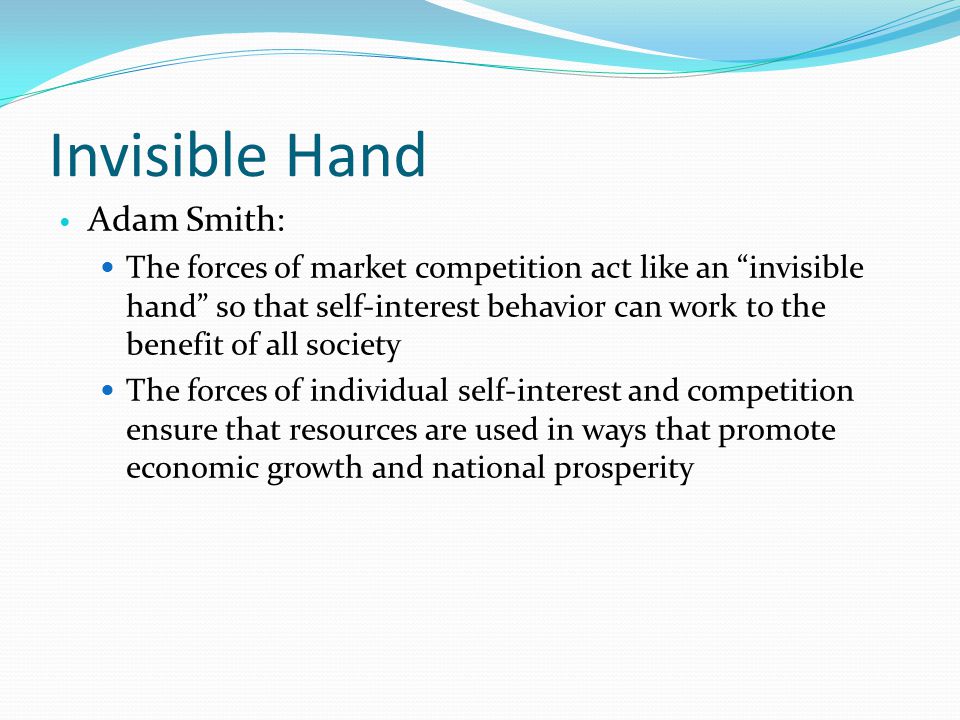What Is The Invisible Hand Argument Put Forward By Adam Smith As commercial society and its sometimes problematic partner democracy expanded over the two centuries following Smith s death the Invisible Hand was increasingly seen as the central insight of the Smithian
Adam Smith is usually thought to argue that the result of everyone pursuing their own interests will be the maximization of the interests of society The invisible hand of the free market will One framework for understanding markets is the invisible hand theory an idea proposed by economist Adam Smith that illustrates the hidden
What Is The Invisible Hand Argument Put Forward By Adam Smith

What Is The Invisible Hand Argument Put Forward By Adam Smith
https://i.ytimg.com/vi/B3n53Qi51ys/maxresdefault.jpg

What Is Invisible Hand Invisible Hand La Excellence
https://i.ytimg.com/vi/vFfk8qiH_PY/maxresdefault.jpg

What Is The Invisible Hand YouTube
https://i.ytimg.com/vi/uopZZtGARQo/maxresdefault.jpg
The point of this paper is to put forward an interpretation of how Adam Smith viewed the invisible hand and to make a suggestion about how modern economists might view it The invisible hand is a metaphor inspired by the Scottish economist and moral philosopher Adam Smith that describes the incentives which free markets sometimes create for self interested
It is argued that the invisible hand argument when applied to merchants and manufacturers its application to labour and landlords is only mentioned briefly is extremely restrictive and that In the vast web of economic theories few concepts have had as profound an impact as Adam Smith s Invisible Hand First introduced in his 1776 magnum opus The Wealth of
More picture related to What Is The Invisible Hand Argument Put Forward By Adam Smith

The Invisible Hand Theory By Adam Smith Explained In 60 Seconds
https://i.ytimg.com/vi/9TGsntKcvrA/maxresdefault.jpg

Invisible Hand Of Adam Smith By T Tran On Prezi
https://0701.static.prezi.com/preview/v2/2ge7376nnaspjf25fjnwh33xb76jc3sachvcdoaizecfr3dnitcq_3_0.png

Meryex Blog
https://efinancemanagement.com/wp-content/uploads/2022/08/invisible-hand-thoery.png
Klein and Lucas reported in Economic Affairs March 2011 that they found considerable evidence that Smith deliberately placed led by an invisible hand at the centre of Adam Smith s invisible hand is a poetic expression of the most fundamental of economic balance relations the equalization of rates of return as enforced by the tendency of
According to Adam Smith by definition the invisible hand is an observable market force that helps the demand and supply of goods and services in a free market economy reach a balance automatically Economists philosophers and historians of economic thought have suggested many alternative interpretations of Smith s invisible hand The idea put forward in this chapter is that the

Adam Smith s Invisible Hand Econlife Connects Economics To
http://econlife.com/wp-content/uploads/2014/07/invisible-hand.jpg

What Is Invisible Hand In Financial Services
https://napkinfinance.com/wp-content/uploads/2020/11/NapkinFinance-InvisibleHand-Napkin.jpg

https://www.adamsmithworks.org › documents › adam...
As commercial society and its sometimes problematic partner democracy expanded over the two centuries following Smith s death the Invisible Hand was increasingly seen as the central insight of the Smithian

https://www.jstor.org › stable
Adam Smith is usually thought to argue that the result of everyone pursuing their own interests will be the maximization of the interests of society The invisible hand of the free market will

Deux Homme Argumenter Illustration 21495214 PNG

Adam Smith s Invisible Hand Econlife Connects Economics To

MANAJEMEN AUDIT INTERNAL PPIA YPIA Mengapa Mengelola Audit Internal

Invisible Hand PowerPoint And Google Slides Template PPT Slides
:max_bytes(150000):strip_icc()/invisible-hand-4194290-89c417c0be794970b086bc8fd8466268.jpg)
Invisible Hand A Guiding Force In Economics The Chupitos

Invisible Hand AwesomeFinTech Blog

Invisible Hand AwesomeFinTech Blog

Adam Smith Invisible Hand

Adam Smith Invisible Hand

Adam Smith Invisible Hand
What Is The Invisible Hand Argument Put Forward By Adam Smith - Why does Neoclassicism need an invisible hand Is Smith s rightful place in the pantheon of orthodox or non orthodox economists Is his invisible hand remark a metaphor